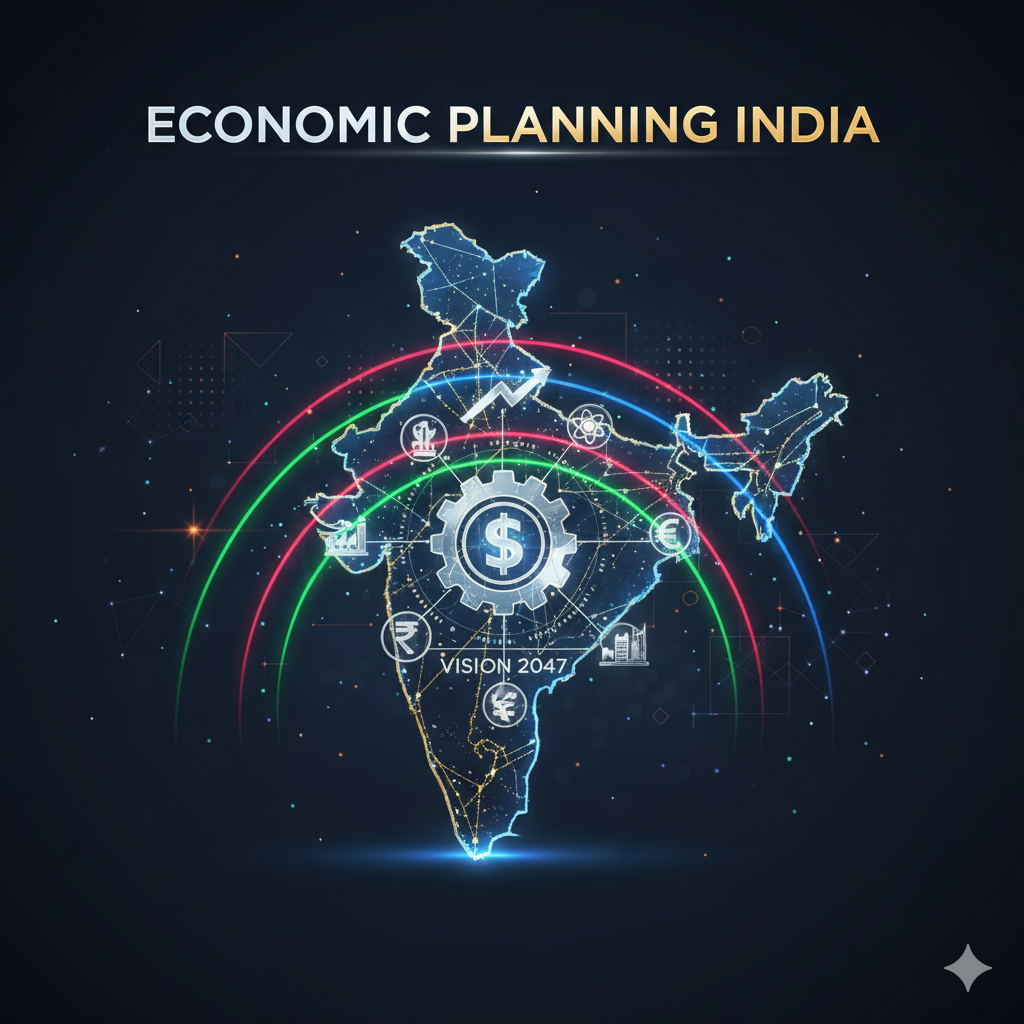Introduction
India’s financial ecosystem has undergone significant transformation over the past decade, driven by digital payments, fintech innovations, and evolving consumer behavior. Among the latest trends reshaping retail finance is Buy Now Pay Later (BNPL), a payment solution that allows consumers to purchase goods and services immediately while deferring payment over a short-term period, often interest-free.
BNPL is gaining traction globally and in India due to the rapid growth of e-commerce, increased smartphone penetration, and consumer preference for flexible payment options. While it offers exciting opportunities for businesses and consumers, it also presents potential risks, including over-indebtedness and regulatory challenges.
This article explores the rise of BNPL in India, its mechanism, market growth, advantages, risks, regulatory landscape, and future prospects, providing a comprehensive understanding for educational purposes.
1. Understanding Buy Now Pay Later (BNPL)
1.1 Definition
BNPL is a short-term financing option provided at the point of sale, both online and offline. Customers can buy a product immediately and pay in installments over weeks or months, often without paying any interest if payments are made on time.
1.2 How BNPL Works
- At Checkout – The customer selects BNPL as the payment option.
- Credit Assessment – Minimal credit checks are performed, usually using mobile number, PAN, or digital ID.
- Payment Split – The total purchase amount is divided into installments, often 2–6 months.
- Merchant Settlement – The BNPL provider pays the merchant upfront, minus a service fee.
- Customer Repayment – The consumer repays the BNPL provider in installments.
1.3 Key Players in India
- Fintech Companies: Simpl, ZestMoney, LazyPay, Kissht
- E-commerce Platforms: Amazon Pay Later, Flipkart Pay Later
- Banks and NBFCs: ICICI Bank, HDFC Bank, Bajaj Finserv
2. The Growth of BNPL in India
India’s BNPL market is witnessing rapid expansion, driven by several factors:
2.1 Market Size and Adoption
- The BNPL segment in India was valued at $3–4 billion in 2023 and is projected to grow at a CAGR of 35–40% over the next five years.
- Increased millennial and Gen Z adoption, who prefer digital-first payment solutions, fuels growth.
2.2 Drivers of BNPL Growth
- E-commerce Boom – Rising online shopping adoption, accelerated by the COVID-19 pandemic.
- Smartphone Penetration – Wider access to mobile apps enables easy BNPL usage.
- Low Credit Card Penetration – BNPL fills the gap for short-term credit among consumers without cards.
- Flexible Payment Preferences – Consumers prefer paying in installments without high interest.
- Merchant Incentives – BNPL boosts sales, conversion rates, and average order values.
2.3 Popular Sectors
BNPL is especially popular in:
- Consumer Electronics – Smartphones, laptops, gadgets
- Fashion and Apparel – Clothing, footwear, accessories
- Travel and Leisure – Flight tickets, hotel bookings, tours
- Healthcare and Education – Medical bills, online courses
3. Opportunities Presented by BNPL
3.1 Consumer Benefits
- Flexible Payments – Pay in installments without upfront financial strain.
- Interest-Free Credit – Short-term loans are often free if repaid on time.
- Increased Purchasing Power – Enables higher-value purchases for consumers with limited cash.
- Convenience – Seamless integration with e-commerce platforms and mobile apps.
3.2 Merchant Advantages
- Higher Conversion Rates – Customers are more likely to complete purchases with BNPL options.
- Larger Average Order Value (AOV) – Consumers buy more when payments are split.
- Customer Retention – BNPL programs encourage repeat purchases.
- Competitive Differentiation – Offering BNPL positions merchants as modern and customer-friendly.
3.3 Fintech Growth and Innovation
- BNPL fosters fintech innovation, including AI-based credit scoring, mobile-first interfaces, and embedded finance.
- Opportunities for data-driven personalized offers and loyalty programs.
4. Risks and Challenges of BNPL
Despite its potential, BNPL carries significant risks for consumers, merchants, and financial institutions.
4.1 Consumer Over-Indebtedness
- Minimal credit checks may encourage excessive borrowing, especially among young adults.
- Missed installments can damage credit scores and increase debt stress.
4.2 Regulatory Uncertainty
- BNPL is currently lightly regulated in India compared to traditional loans.
- Lack of standard rules on interest rates, late fees, and consumer protection creates risks.
4.3 Merchant and Fintech Risks
- Default Risk – BNPL providers bear the cost if consumers fail to repay.
- Operational Risk – Integration with merchant platforms can be complex.
- Fraud Risk – Digital platforms may face identity theft or payment fraud.
4.4 Impact on Traditional Credit Ecosystem
- BNPL may cannibalize credit card usage, affecting banks’ fee-based revenue.
- Over-reliance on fintech credit could create parallel credit bubbles if not monitored.
5. Regulatory Landscape in India
5.1 Current Status
- BNPL providers operate as NBFCs, fintech companies, or in partnership with banks.
- RBI and the Ministry of Finance are exploring frameworks to regulate BNPL as digital lending.
5.2 Key Regulatory Considerations
- Consumer Protection – Ensure transparency in fees, repayment terms, and credit reporting.
- Data Privacy – Compliance with Personal Data Protection Bill and secure handling of sensitive information.
- Credit Reporting – Reporting BNPL transactions to credit bureaus to build responsible credit history.
- Interest and Fee Structure – Standardizing late fees and interest rates.
5.3 International Examples
- UK & EU – BNPL is regulated under consumer credit laws, with caps on interest and fees.
- Australia – BNPL providers must comply with ASIC guidelines to protect consumers.
India can adopt similar frameworks to mitigate risk while fostering growth.
6. Technological Enablers of BNPL
6.1 AI and Machine Learning
- Credit Assessment – Alternative credit scoring using mobile data, transaction history, and social signals.
- Fraud Detection – AI monitors patterns to detect suspicious activities.
6.2 Mobile and Digital Payments
- Integration with UPI, wallets, and net banking enables smooth BNPL transactions.
6.3 Cloud and APIs
- BNPL platforms rely on cloud infrastructure for scalability.
- APIs allow seamless integration with e-commerce platforms and merchant apps.
7. BNPL and Consumer Behavior
7.1 Millennials and Gen Z
- Younger consumers prefer short-term, interest-free financing over traditional credit cards.
- BNPL aligns with digital-first lifestyles and instant gratification.
7.2 Spending Patterns
- BNPL encourages higher-value purchases and frequent transactions.
- Influences online shopping trends and boosts discretionary spending.
7.3 Financial Literacy Implications
- Awareness about installment obligations is crucial to prevent over-indebtedness.
- BNPL providers and regulators must educate users on responsible usage.
8. The Future of BNPL in India
8.1 Market Growth Potential
- BNPL adoption is expected to increase across online and offline channels.
- Expansion into tier-2 and tier-3 cities with smartphone penetration.
8.2 Integration with Digital Finance
- BNPL will complement digital wallets, UPI, and neobanks, forming an integrated financial ecosystem.
8.3 Regulatory Evolution
- RBI and Ministry of Finance are likely to introduce comprehensive BNPL guidelines for consumer protection and credit reporting.
8.4 Opportunities for Fintech Innovation
- Embedded BNPL in apps, subscription services, travel bookings, and healthcare payments.
- Integration with AI-based personalized offers, loyalty programs, and savings plans.
8.5 Cross-Border Expansion
- Indian BNPL players may explore partnerships with global e-commerce platforms and payment solutions, facilitating international shopping and remittances.
9. Conclusion
The Buy Now Pay Later (BNPL) model represents a significant shift in India’s consumer credit ecosystem. It offers:
- Flexibility and convenience for consumers.
- Revenue growth and higher conversion for merchants.
- Innovation opportunities for fintech companies.
However, risks such as over-indebtedness, regulatory gaps, and operational challenges must be carefully managed. With effective regulations, robust technology, and financial literacy initiatives, BNPL can drive responsible credit adoption, enhance financial inclusion, and become a cornerstone of India’s digital economy.
In essence, BNPL is not just a trend—it is a transformative financial instrument shaping the future of consumer spending, credit access, and fintech innovation in India.




